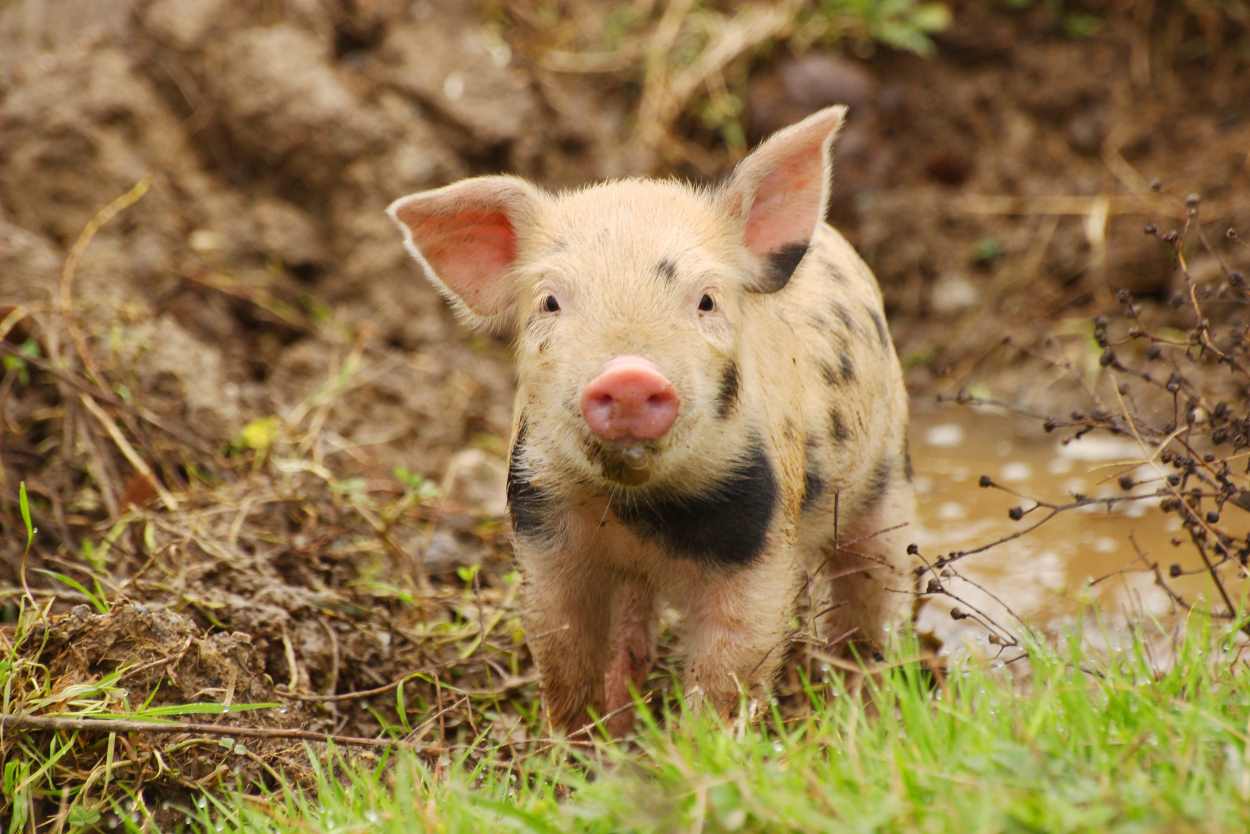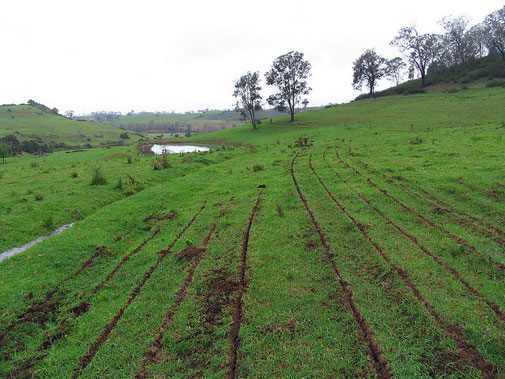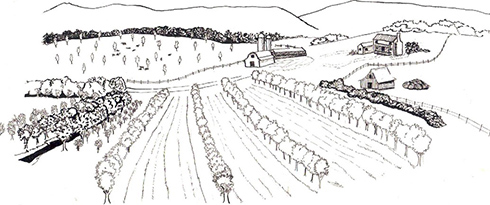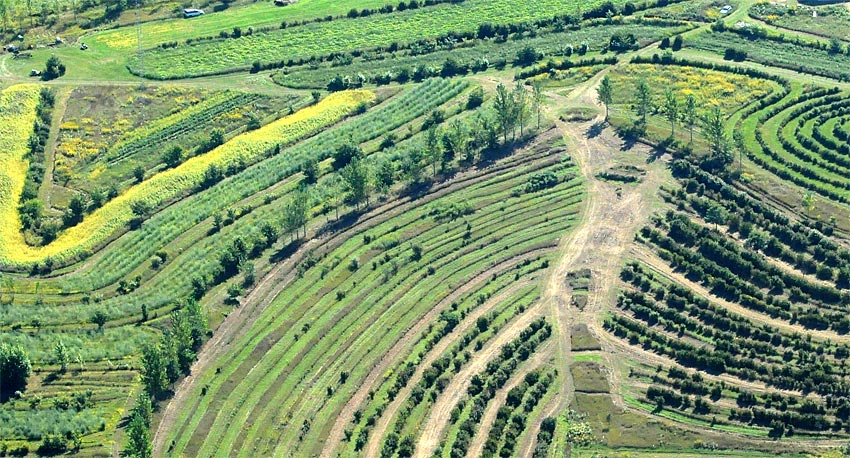
The first question that comes out of everyone’s mouth after I tell them about the farm is, “what kind of farm are you going to be?”
Let me try and lay this out to you. But first a quick background…
The Background
I’ve devoured dozens of books and hundreds of articles on farming practices. In fact, in Evernote, I’ve saved and read 217 articles as of today. Out of all the books and articles that I’ve read, the most influential on how I want to farm would be, “You Can Farm” by Joel Salatin, “Restoration Agriculture” by Mark Shepard and “How to Grow More Vegetables” by John Jeavons. Now, unless you’re into agriculture or have your own garden, you probably haven’t heard of these guys. Let me give you a one sentence description on each of these guys.
Joel Salatin. One of the earliest and most vocal advocates of small scale ecological friendly farming made popular by Michal Pollan’s book, “Omnivore’s Dilemma”.
*Which, by the way, if you haven’t read Omnivore’s Dilemma, it is a fantastic book (and not about farming, it’s about food). In fact, if you’ve read this book, send us a picture with you reading it, tell us your thoughts on the book and we’ll hook you up with free eggs. You just have to come get them or meet us at the Farmers’ Market. And no, I’m not receiving Michael Pollan kickbacks or anything… the book is just that good.
Mark Shepard. Took his 106 acre farm from row crop to a food forest by planting multitudes of trees and shaping the land in such a way that it reduced erosion and retained water.
John Jeavons. Helped popularize bio-intensive agriculture that maximizes the output on small pieces of land by increasing biodiversity and sustaining fertility.
With that being said, I want to graze my farm like Salatin, plant trees like Shepard and be as efficient as Jeavons.
The Future of Our Farm
Our farm has been in row crops for a significant period of time. The neighbor who happens to have lived in the same house for 30+ years has always said the farm has been row cropped. Every year, it’s corn/soybean rotation.
We’re going to change this with silvopasturing. For those unfamiliar, this technique is the combining of trees, livestock and pasture into one single system. This occurs in one of two ways. You can convert a forest into silvopasture by cutting down trees and then running livestock through an alley between forest rows. Or in our case, we don’t have trees, we’re going to plant them. A lot of them.
Now, personally, I’m more of a visual person so here’s a sketch of how silvopasture looks.
Here is an example of what it looks like with animals grazing in between the row of shrubs and trees.

We will plant our trees and shrubs on contours of the land. This prevents erosion and retains the water on the land and forces it back into the ground where it can recharge the aquifers and water our farm. Technically, the name for using the contours to retain water is called Keyline planning, but I won’t go into it here (because there is literally two books on the subject). All you need to know about it is that helps keep water on the farm, prevents erosion and builds the soil. Here is a great sample of how this looks:

Then below is Mark Shepard’s farm in Wisconsin. The author of the book that I mentioned above.
Our farm is currently 75 acres. Now, one of the things that I want to address is that out of those 75 acres, 50 will remain in row crops for the time being. We’re renting them out to the same family that has been farming them over the years. We’ve come to an agreement though that he’ll start working in cover crops and spraying less, which is win. But we will eventually transfer this 50 acres to silvopasture but for the time being, we are taking 25 acres and converting this portion to silvopasture.
Out of these 25 acres we’ll convert about six acres or so into a “You-Pick” operation. In between the rows of berries we’ll plant some annuals, biennials and other perennials. Crops such as pumpkins, garlic and asparagus.
We’ll take one acre and work towards building a multipurpose building that will include a retail store, storage and some parking. We estimate this to be 1-2 acres.
The remaining portion of the 16 acres will be in silvopasture planted with chestnuts, walnuts, apples, hazelnuts and berries. In five years our goal is to have cattle, lamb, pigs and chicken on pasture with a majority of their feed coming from the trees/perennials. By year 10, we hope to be in full production with all nut trees producing. In fact, if the trees aren’t producing by year 7, we’ll have firewood for sale.
That’s the general overview of our farm. We’re excited to start working this. And as you can tell, this takes some long term planning and patience. We hope you stick around to see it. It’s going to be awesome.

